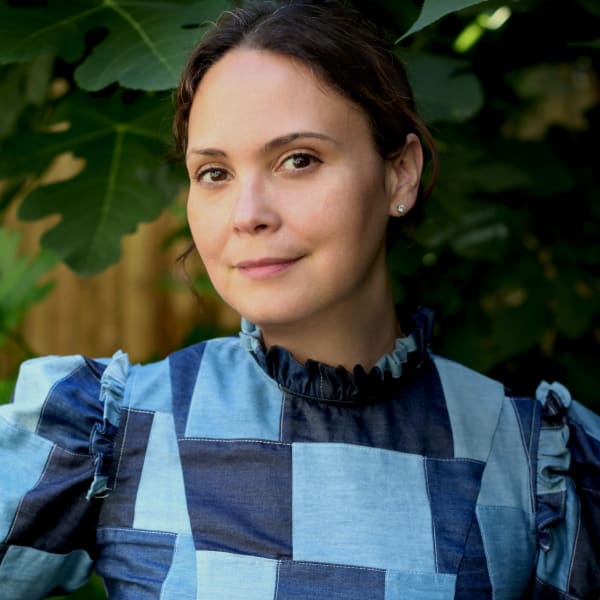The Joy of Maple Syrup

My first attempts at baking without white sugar were all, I hate to admit it, flops. Most were not horrible in taste, but all left a lot to be desired in the texture department. Dry and dense are the words that immediately come to mind.
Throughout my career as a pastry chef I have had one guiding belief that has surpassed all others, and that is that dessert’s sole purpose is to delight. Adhering to this has always felt important, and while I love the idea of a pastry also having nutritional value, I also feel that there is no point in eating something sweet unless it is deeply satisfying. Which is to say, if it’s not delicious, you are better off having a perfectly ripe mango.
The reason why my first attempts were failures is because white sugar, which is also known as table sugar, is responsible for most of what we love in baked goods. There is no way around it. In terms of the science of baking, white sugar, which is made by processing the juice of sugar cane or sugar beets, is kind of a superstar. It not only enhances flavors and brings the actual sweetness, but it also plays a huge part in the texture of things. This is not only structurally important: Texture is also a big part of the pleasure we derive from eating sweets. That perfect chewiness in a salted caramel, the gooey middle and crispy edge of a chocolate chip cookie, the moist crumb of a slice of brown butter cake, and the creaminess of a scoop of pistachio ice cream all are possible thanks to white sugar.
Before you think this is an ode to white sugar, let me explain why it is important to point out some of what sugar brings to the party. When we cream sugar and butter together, often the first step to making a cake, little air pockets are created that help the cake rise. This rising helps create cakes that are light and tender. Sugar is also a hygroscopic substance, which means that is a substance that takes water from its surroundings. Because of this quality sugar keeps moisture away from flour, thus inhibiting gluten from overdeveloping in baked goods (to you and me this means it keeps baked goods from being tough) while simultaneously keeping whatever we are baking moist.
By being mindful of how sugar affects moisture and volume, I was finally able to come up with a successful recipe that not only does not include refined white sugar, but also has become one of my all-time favorites — a maple-sweetened almond cake.
Below are some of the things I learned that might help you convert some of your favorite recipes should you wish to do so.
- Because sugar affects baking on a structural level, I have found the most success baking with almond flour instead of all-purpose. Consider swapping out your flour as well as your sugar.
- Because sugar attracts moisture it is best to experiment with recipes that have olive oil or coconut oil.
- Yogurt or coconut yogurt always help.
- The conversion from sugar to maple syrup is not 1 for 1. Use 3/4 cups of maple for every cup of sugar. If your recipe has other humectants like yogurt, take out 2 or 3 Tbsp of the yogurt for every cup of maple syrup.
- If you want to experiment baking with coconut sugar or sucanat, a less processed form of cane sugar, the conversion is cup for cup, but it’s important to measure out the amount desired and then grind it into smaller crystals. This will help them incorporate better. For every cup of coconut sugar or sucanat, add 2 to 3 Tbsp of yogurt or coconut yogurt to add moisture to your batter.
RECIPE: Maple-Almond Cake
Key Takeaways
- Dessert’s sole purpose is to delight.
- Baking helps to connect with self.
- Choose natural sweeteners over refined ones.



